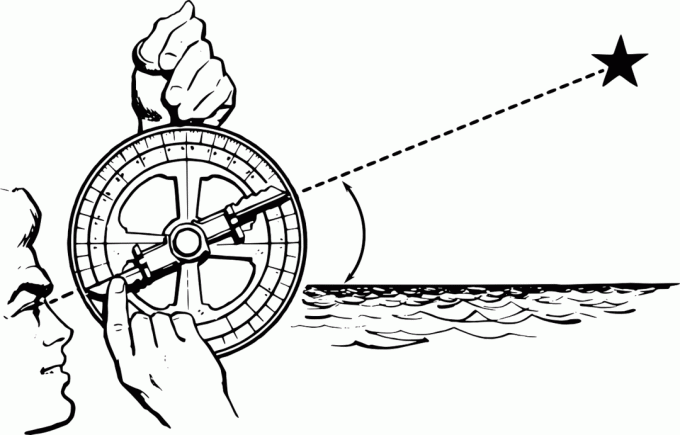Arithmetic is the branch of Mathematics that studies numerical operations, that is, the addition, subtraction, division, multiplication, etc. calculations.
Etymologically, the word arithmetic originated from the Greek arithmētikḗ, which can be translated as "the science of numbers".
Arithmetic Progression (AP)
Represents the sequence of real numbers that are ordered from a ratio (r), where each term is obtained through the difference in relation to the previous one. So the reason will always consist of the same number.
Arithmetic Progression can be classified into three types: increasing, decreasing and constant.
Constant: for an arithmetic progression to be constant, its ratio (r) must be equal to zero (0). This way, all terms in the sequence will be the same.
Example: 3, 3, 3, 3, 3, ...
Growing: in this case, for the arithmetic progression to be increasing, the reason must be positive, that is, r > 0. To find out what the ratio is, you must SUBTRACT the second term of the sequence by its predecessor.
Example: 2, 4, 6, 8, 10,... (Subtracting the number 4 from the previous one, the result 2 is obtained, this number being the reason for the progression. So, add 2 more to each number to get the next one).
Descending: the descending arithmetic progression is when the reason (r) is negative. This case is configured when each term of the sequence, from the second, is smaller than the predecessor.
Example: 10, 5, 0, -5,... (the ratio in this case is -5).
Arithmetic average
It consists of dividing the sum of the numbers given by the total amount of numbers added.
Example: MA = (5+3+10+4+8) / 5 | MA = 30/5 | MA = 6
Thus, in the example above, the Arithmetic Average of the numbers presented is 6 (six).
This type of average is common in many aspects of daily life, applied in schools to determine the average of students' grades, in statistical surveys, among other situations.
Geometric Progression (PG)
It consists of the sequence formed by numbers where the quotient (q) or ratio (r) between one number and another is always equal.
Unlike Arithmetic Progression, the Geometric ratio is multiplied by the numbers established in the sequence. In this way it is possible to determine the next number.
Example: PG = (2, 4, 8, 16, 32, 64,... )
In the example above, note that the ratio between the terms in sequence is number 2. This being multiplied by each of the elements of the progression determines the next number in the sequence.
Like Arithmetic Progression, PG can be classified into ascending, descending, constant and oscillating.
See the meaning of Quotient.



